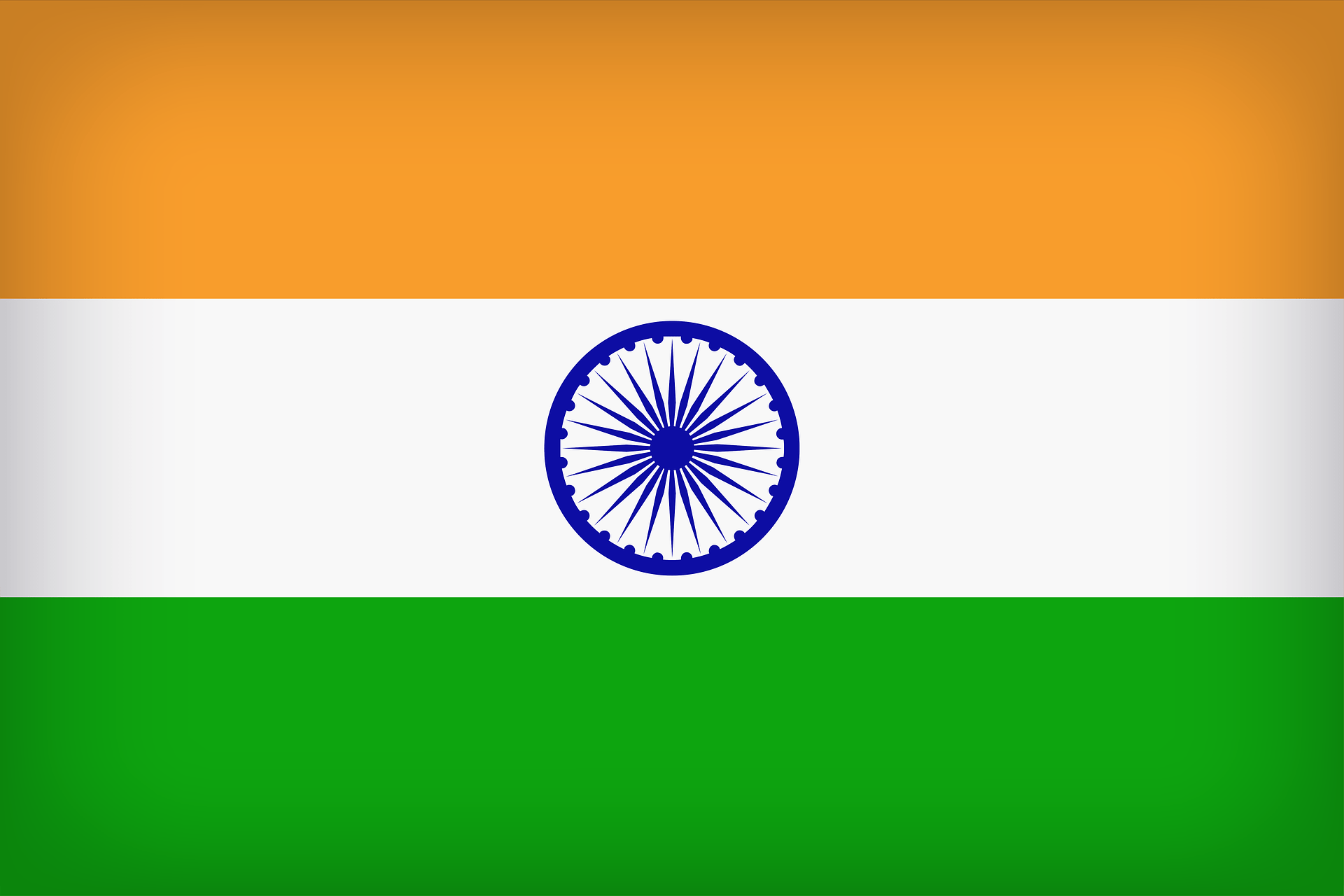Bangladesh GDP 2023 Live
- World
- Bangladesh
The live counter shows estimated figures for Bangladesh GDP during the current year (from January 1, 2023 up to January 13, 2026based on the latest IMF.
The statistic shows Bangladesh gross domestic product (GDP) from 1960 to 2023, with projections up until 2027. GDP in Bangladesh is expected to reach 484.76 USD Billion by the end of 2023, according to IMF expectations. In the long-term, the Bangladesh GDP is projected to trend around 541 USD Billion in 2024 and 603 USD Billion in 2025, according to our econometric models.
GDP Growth Rate in Bangladesh is expected to reach 6.0% by the end of 2023, according to IMF expectations. In the long-term, the Bangladesh GDP Growth is projected to trend around 6.5% in 2024 and 6.7% in 2025, according to our econometric models.
GDP Per Capita in Bangladesh is expected to reach 2,846 USD by the end of 2023, according to IMF expectations. In the long-term, the Bangladesh GDP Per Capita is projected to trend around 3,150 USD in 2024 and 3,475 USD in 2025, according to our econometric models.
Bangladesh GDP Rank 32nd (Nominal) and 24th (PPP) in 2023.
Bangladesh GDP 2023
Bangladesh, a South Asian country, has been steadily progressing in terms of economic growth over the past few decades. In recent years, the country’s gross domestic product (GDP) has been on the rise, and it is expected to continue growing in 2023.
Bangladesh’s GDP has grown at an impressive rate in recent years. In 2020, despite the impact of the COVID-19 pandemic, Bangladesh’s economy grew by 5.2%. This was largely due to the country’s strong export performance, as well as the government’s stimulus measures to support businesses and households affected by the pandemic.

According to the International Monetary Fund (IMF), Bangladesh’s GDP is expected to grow by 6.9% in 2021, and by 7.2% in 2022. This projection is based on the assumption that the pandemic will be brought under control, and that the global economic recovery will continue.
Factors Contributing to Bangladesh’s Economic Growth:
Export Performance:
Bangladesh’s economy is heavily reliant on its export sector, which accounts for a significant share of its GDP. The country is known for its garment industry, which is one of the largest in the world. In recent years, Bangladesh has diversified its export base, with increasing exports of pharmaceuticals, ICT services, and leather goods.
Infrastructure Development:
In recent years, Bangladesh has made significant investments in infrastructure development, such as building new highways, bridges, and ports. These investments have helped to improve the country’s transportation and logistics infrastructure, which has facilitated trade and investment.
Human Capital Development:
Bangladesh has made significant progress in developing its human capital, with improvements in education and healthcare. The country has achieved near-universal primary school enrollment and has made progress in reducing infant and maternal mortality rates. These developments have helped to improve the quality of the country’s workforce, which has contributed to its economic growth.
Challenges facing Bangladesh’s Economic Growth:
Poverty and Inequality:
Despite its economic progress, Bangladesh still faces significant challenges in reducing poverty and inequality. According to the World Bank, around 20% of the country’s population still lives below the poverty line. Income inequality is also a significant issue, with the top 10% of the population earning more than 20 times as much as the bottom 10%.
Climate Change:
Bangladesh is one of the most vulnerable countries in the world to the impacts of climate change, such as flooding and cyclones. These events can have a significant impact on the country’s economy, particularly in the agricultural sector. In recent years, the government has taken steps to adapt to the impacts of climate change, but much more needs to be done.
Governance and Corruption:
Bangladesh has struggled with governance and corruption issues, which can hinder its economic growth. In the World Bank’s Ease of Doing Business rankings, Bangladesh ranked 168th out of 190 countries in 2020. Improving governance and reducing corruption will be critical in attracting investment and promoting economic growth.
Bangladesh GDP 1960 - 2027
Bangladesh GDP 1960-2027 - Historical Data
| Year | GDP (billion US$) | GDP Per Capita | Growth |
|---|---|---|---|
| 2027 | $738.57B | $4,171 | 6.9% |
| 2026 | $667.86B | $3,807 | 6.8% |
| 2025 | $603.75B | $3,475 | 6.7% |
| 2024 | $541.97B | $3,150 | 6.5% |
| 2023 | $484.76B | $2,846 | 6.0% |
| 2022 | $460.75B | $2,734 | 7.24% |
| 2021 | $416.27B | $2,497 | 6.94% |
| 2020 | $373.90B | $2,270 | 3.45% |
| 2019 | $351.24B | $2,122 | 7.88% |
| 2018 | $321.38B | $1,963 | 7.32% |
| 2017 | $293.75B | $1,816 | 6.59% |
| 2016 | $265.24B | $1,660 | 7.11% |
| 2015 | $195.08B | $1,236 | 6.55% |
| 2014 | $172.89B | $1,109 | 6.06% |
| 2013 | $149.99B | $974 | 6.01% |
| 2012 | $133.36B | $877 | 6.52% |
| 2011 | $128.64B | $856 | 6.46% |
| 2010 | $115.28B | $777 | 5.57% |
| 2009 | $102.48B | $699 | 5.05% |
| 2008 | $91.63B | $630 | 6.01% |
| 2007 | $79.61B | $552 | 7.06% |
| 2006 | $71.82B | $504 | 6.67% |
| 2005 | $69.44B | $493 | 6.54% |
| 2004 | $65.11B | $469 | 5.24% |
| 2003 | $60.16B | $441 | 4.74% |
| 2002 | $54.72B | $408 | 3.83% |
| 2001 | $53.99B | $410 | 5.08% |
| 2000 | $53.37B | $413 | 5.29% |
| 1999 | $51.27B | $404 | 4.67% |
| 1998 | $49.98B | $402 | 5.18% |
| 1997 | $48.24B | $395 | 4.49% |
| 1996 | $46.44B | $387 | 4.52% |
| 1995 | $37.94B | $322 | 5.12% |
| 1994 | $33.77B | $292 | 3.89% |
| 1993 | $33.17B | $292 | 4.71% |
| 1992 | $31.71B | $285 | 5.44% |
| 1991 | $30.96B | $283 | 3.49% |
| 1990 | $31.60B | $295 | 5.62% |
| 1989 | $28.78B | $274 | 2.84% |
| 1988 | $26.58B | $259 | 2.42% |
| 1987 | $24.30B | $242 | 3.77% |
| 1986 | $21.77B | $222 | 4.17% |
| 1985 | $22.28B | $232 | 3.34% |
| 1984 | $18.92B | $202 | 4.80% |
| 1983 | $17.61B | $193 | 3.88% |
| 1982 | $18.53B | $209 | 2.13% |
| 1981 | $20.25B | $235 | 7.23% |
| 1980 | $18.14B | $216 | 0.82% |
| 1979 | $15.57B | $190 | 4.80% |
| 1978 | $13.28B | $166 | 7.07% |
| 1977 | $9.65B | $124 | 2.67% |
| 1976 | $10.12B | $132 | 5.66% |
| 1975 | $19.45B | $260 | -4.09% |
| 1974 | $12.51B | $172 | 9.59% |
| 1973 | $8.09B | $114 | 3.33% |
| 1972 | $6.29B | $91 | -13.97% |
| 1971 | $8.75B | $128 | -5.48% |
| 1970 | $8.99B | $133 | 5.62% |
| 1969 | $8.47B | $129 | 1.22% |
| 1968 | $7.48B | $117 | 9.49% |
| 1967 | $7.25B | $117 | -1.88% |
| 1966 | $6.44B | $107 | 2.57% |
| 1965 | $5.91B | $101 | 1.61% |
| 1964 | $5.39B | $95 | 10.95% |
| 1963 | $5.32B | $97 | -0.46% |
| 1962 | $5.08B | $95 | 5.45% |
| 1961 | $4.82B | $93 | 6.06% |
| 1960 | $4.27B | $85 | % |
- World Bank – World Bank national accounts data, and OECD National Accounts data.
- International Monetary Fund:
- United Nations: National Accounts Main Aggregates Database








